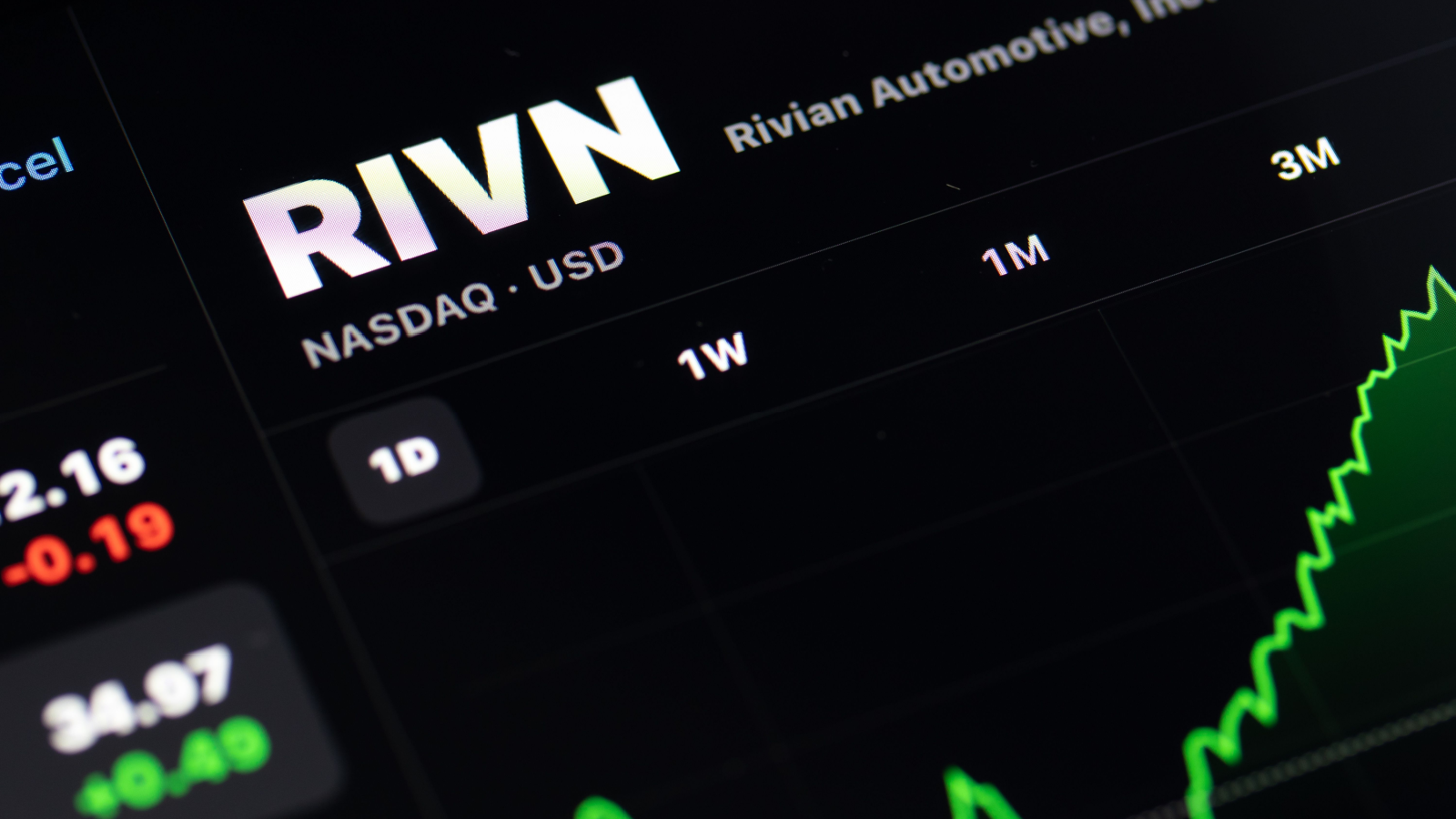Rivian Automotive (NASDAQ:RIVN) is not like other electric vehicle (EV) manufacturers. Not only is it focused on the consumer SUV market but also the commercial truck market. A partnership with Amazon (NASDAQ:AMZN) to deliver 10,000 electrified vans to the e-commerce giant has been a major selling point. Now Rivian plans to offer its commercial vans to other businesses.
Will the multiprong approach be the winning strategy for EV manufacturers? Consumer demand for EVs is slowing, but commercial demand is growing though it’s still small. Let’s see if this can push Rivian stock to be a winning investment.
EV demand is short-circuiting
EV demand is falling. Major automakers are hitting the brakes on production. Even though U.S. EV sales jumped 50% year over year, Ford (NYSE:F) paused $12 billion in EV investments. CEO Jim Farley told analysts, “A great product is not enough in the EV business anymore. We have to be totally competitive on cost.” General Motors (NYSE:GM) is pushing back further EV development until 2025 due to “evolving EV demand.”
New EV prices above $50,000 are still too expensive for consumers even with subsidies. But automakers will have a tough time lowering costs in a high inflation, high interest rate environment. And with used EVs going for $35,000, it’s not cheap but still makes it tough to sell a new EV.
Rivian seems to be running counter to that trend. It produced over 16,300 vehicles and delivered more than 15,500 EVs, mostly its R1S model. The EV stock also began offering leasing options in select states for its R1T SUV, which could conceivably increase sales. It saw a $2,000 gross profit per unit improvement due to cost-cutting measures imposed and narrowing its product offerings. The strong quarter allowed Rivian to raise its full-year production guidance to over 54,000 vehicles.
Running on cash burn
Yet Rivian continues to burn through cash. It shredded over $6 billion in free cash flow over the last 12 months and is on track to burn $6.2 billion this year. That’s only slightly better than the $6.4 it burned through last year.
Even so, Rivian has plenty of liquidity available to it. It has $9 billion in cash and short-term investments on its balance sheet and $2.7 billion in long-term debt. That should be sufficient to get it through the next year at least. It provides enough breathing room at least for either the market to rebound or for the EV stock to whip up further demand on its own.
Whether that’s enough for long-term survival remains to be seen. And that’s the big risk. With historically high interest rates affordable financing becomes questionable. Not just for consumers but Rivian itself. When it announced it would be raising $1.5 billion in a note offering in October, the stock cratered as it surprised analysts how soon the automaker needed to tap the market for cash.
Does it have enough gas in the tank?
Rivian SUVs are competing against Tesla‘s (NASDAQ:TSLA) Models X and Y but at a much higher price point. That gives it a more limited market to explore even as consumer demand wanes.
In the commercial market, it just might find more success. It and Amazon are still committed to the 100,000 electric delivery vans (EDVs). Rivian notes the e-commerce company has 10,000 Rivian EDVs in its fleet right now, but that’s on the low side of what Amazon was looking for by this point. Which is why Amazon is no longer exclusively relying upon Rivian for its trucks. I wouldn’t expect Amazon to completely abandon Rivian since it owns about 15.7% of the company, but that long-term target is now a little more fuzzy.
For that reason, I wouldn’t bet the farm on Rivian. It’s much too risky even with its financial backers. It needs to contain its cash burn and control costs, all the while being dependent upon a wavering EV market. At best an argument could be made for a small investment for the riskiest part of your portfolio. However, you’ll find me on the sidelines watching this unfold from afar.
On the date of publication, Rich Duprey did not hold (either directly or indirectly) any positions in the securities mentioned in this article. The opinions expressed in this article are those of the writer, subject to the InvestorPlace.com Publishing Guidelines.
